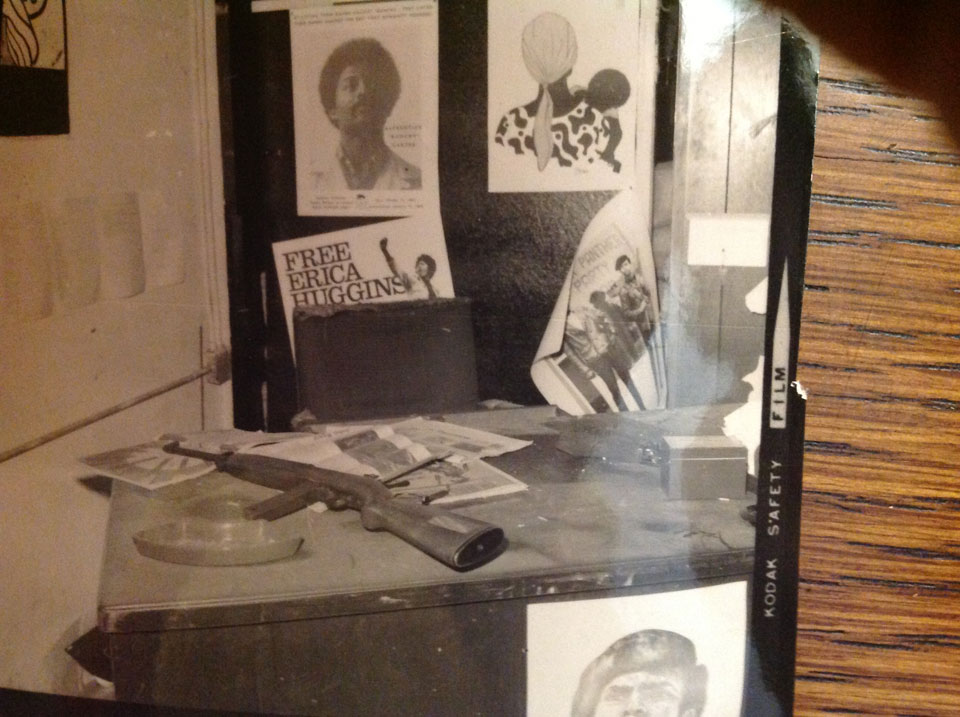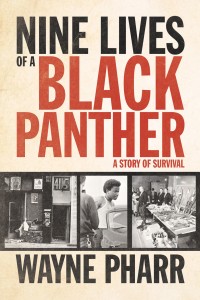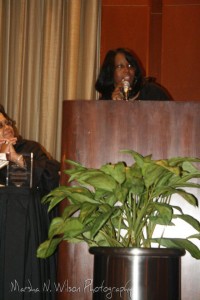Professor’s Book Explores the Legacy of Los Angeles’ Black Panthers

Items from the Black Panthers’ Los Angeles headquarters. Photo courtesy of Karin Stanford.
It was one of the biggest shootouts in American history. Just days after Black Panther leader Fred Hampton was fatally shot by Chicago police, more than 350 Los Angeles police officers, including members of the department’s newly formed paramilitary unit, Special Weapons and Tactics (SWAT), launched an early-morning raid Dec. 8, 1969, on LA’s Black Panther headquarters.
About a dozen people were inside the South Los Angeles storefront when police unsuccessfully tried to take them by surprise. The resulting five-hour gun battle played out in the international media. By the time the Panthers surrendered, more than 5,000 rounds of ammunition had been exchanged. Only three Panthers had been shot, and three SWAT officers were seriously injured. No one died.
When Karin Stanford, California State University, Northridge’s associate dean of humanities, recounted the story — including the fact that the Panthers, who argued self-defense, were later found not guilty of conspiracy to murder police officers — to her students, they looked at her with disbelief.
“They tell me it sounds like something out of a movie,” Stanford said. “Only when I pull up images from the Los Angeles Times and other news media from that day do they begin to believe me. I spent most of my adult years on the East Coast. When I came here to teach, I was astonished to find so little in the academic books on the history of black activism in Los Angeles. Most of my students are from the Los Angeles area. This is their history, and they haven’t been exposed to it.”
 That void prompted Stanford to say yes when she was approached by Wayne Pharr, who was only 19 when he and his fellow Panthers took on the Los Angeles Police Department all those years go, to help him write his life story. The book, “Nine Lives of a Black Panther: A Story of Survival,” came out last year.
That void prompted Stanford to say yes when she was approached by Wayne Pharr, who was only 19 when he and his fellow Panthers took on the Los Angeles Police Department all those years go, to help him write his life story. The book, “Nine Lives of a Black Panther: A Story of Survival,” came out last year.
“When he first approached me, I wasn’t sure,” Stanford admitted. “I told him I write mostly academic books, but he convinced me. LA has a rich history of activism in all of its minority communities. Yet, the books that are out there — and there are only a handful — are moments in time or big events. They aren’t books about the regular individuals who felt they needed to do something to respond to a need in the community. They touched a moment in time, and then we usually don’t know what happened to them after that moment.”
She said Pharr, who became a successful Los Angeles realtor, is bluntly honest about his own history, good and bad, and what motivated him to take up with the militant Black Panthers.
“They were trying to take care of their community,” Stanford said. “Most people don’t realize it, but the Black Panthers set up before-school breakfast programs for needy kids. They set up after-school programs so parents wouldn’t have to worry about their children while they were at work. But they were also tired of the disrespect and abuse members of the black community faced in their encounters with figures of authority, particularly with the police.

Karin Stanford during a presentation. Photo courtesy of Karin Stanford.
“The issues they faced more than 40 years ago are relevant today,” she said. “The idea that individuals can’t question the actions of a police officer is ridiculous. And then, like today, police were becoming more and more militarized. I don’t think people realize that the reason the Black Panthers were ready when the SWAT converged on them back in 1969 was that there were some police officers who were mortified by what their fellow officers were going to do and warned them.”
Stanford said she hopes “Nine Lives of a Black Panther: A Story of Survival” not only tells the inside story of what happened during the raid on the Black Panther headquarters, but fills in the gaps in the history of the Panthers and black radicalism in Southern California.
“Considering what’s happening today, I think it’s important that everyone, particularly our young people, have an understanding of LA’s past,” she said.

 experience
experience